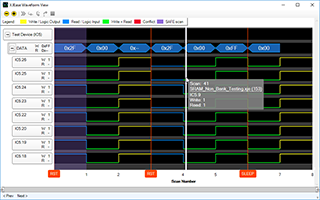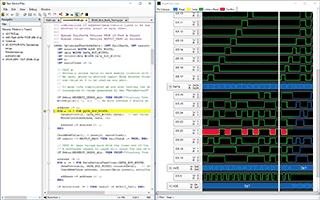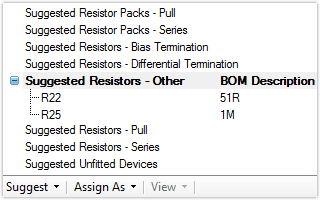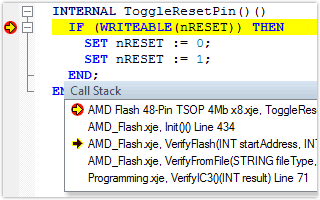Editing configuration variables in XJTAG 3.9
Configuration variables in XJTAG allow settings to be configured for a device. For example the address of an IIC device may need to be defined. Configuration variables are associated with a test device file, and in previous versions of XJTAG were only available in device files from the XJEase library. From XJTAG 3.9 configuration variables [...]






